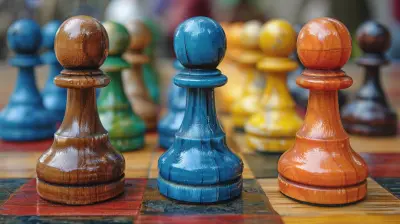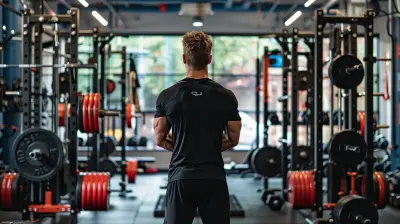Sports Vision Training: Enhancing Hand-Eye Coordination Through Science
17 August 2025
Ever tried catching a fast pitch or returning a lightning-quick tennis serve and totally missed? Yeah, we’ve all been there. But what if I told you it’s not just about reflexes or raw athletic talent? There's a fascinating science behind what your eyes are doing during intense sports play. It's called sports vision training, and it's changing the way athletes hone their skills—especially when it comes to hand-eye coordination.
Let’s break this down, understand the science behind it, and see how you can use it to become a better player in any sport.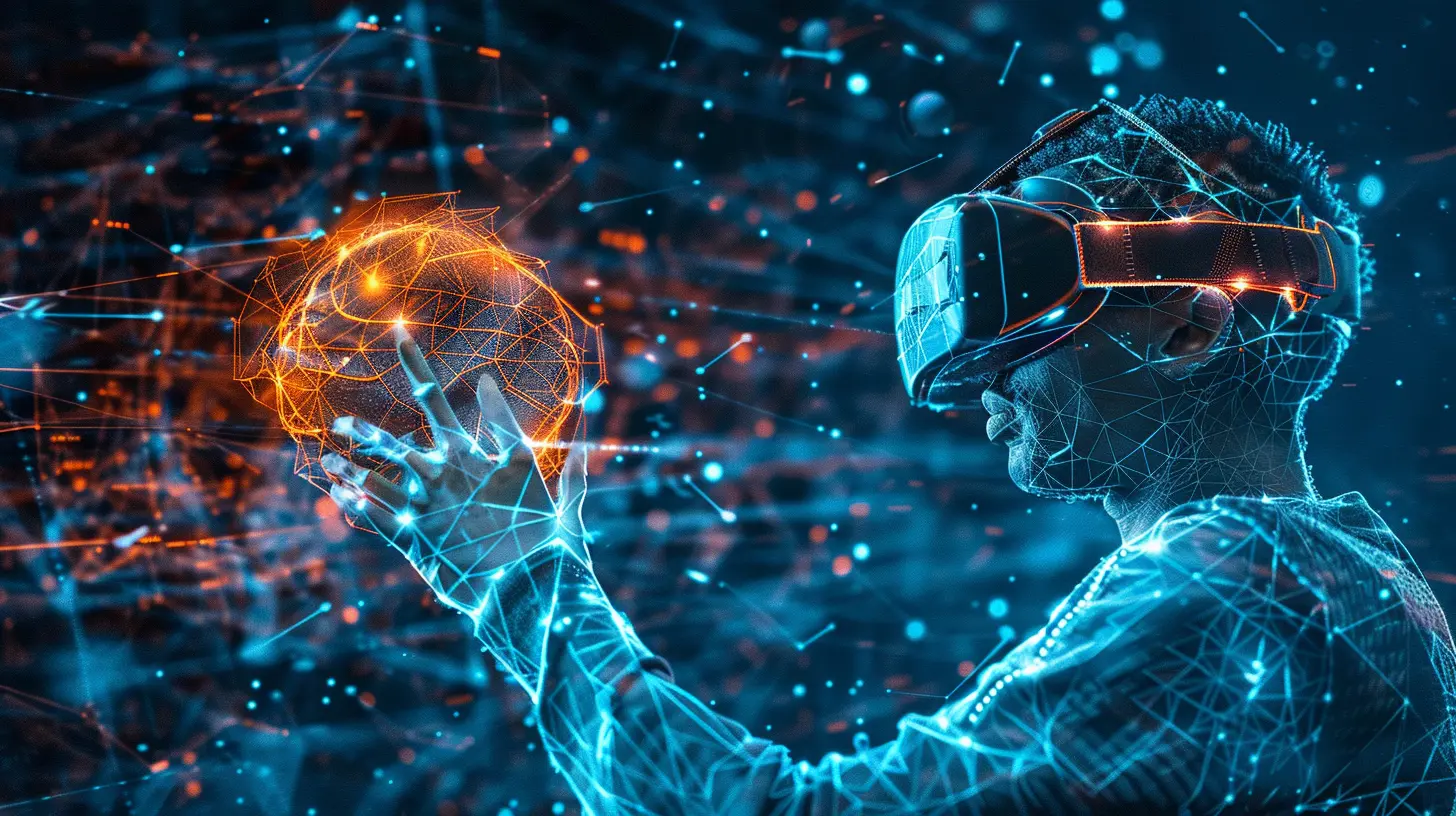
What Is Sports Vision Training?
So, what exactly is sports vision training? It’s not just about reading the eye chart at the optometrist’s office. Sports vision training is a series of exercises and drills designed to improve how you process visual information and react to it—basically, training your brain and eyes to work better together in high-pressure situations.Think of it like adding turbo to your natural vision abilities. You’re not just looking—you’re seeing better, faster, and with more accuracy. For athletes, that can mean the difference between making a game-winning play or missing the ball entirely.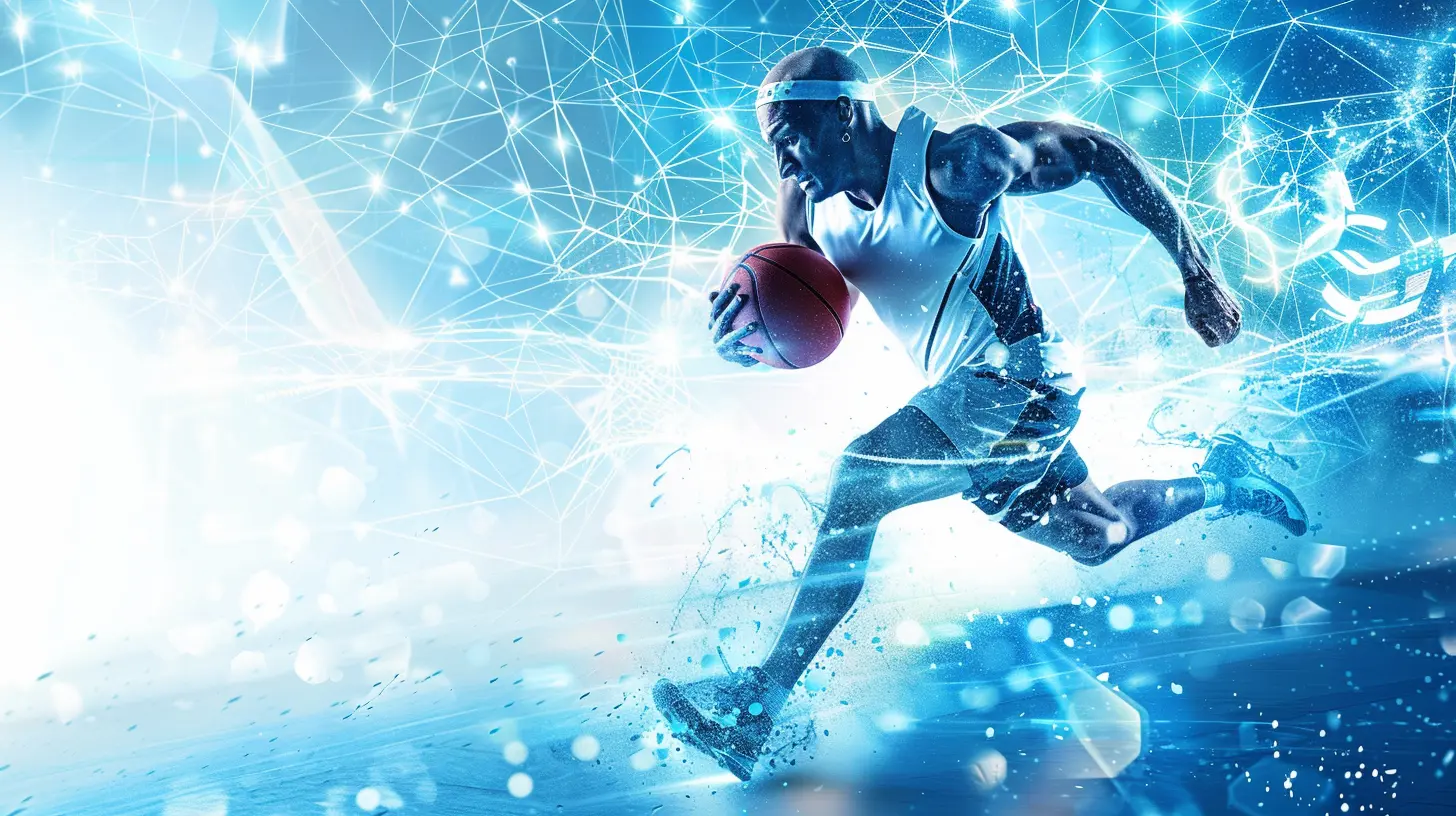
Why Hand-Eye Coordination Is Crucial in Sports
Let’s be real—hand-eye coordination is the unsung hero in just about every sport.Whether you’re hitting a baseball, shooting hoops, swinging a golf club, or dodging punches in a boxing bout, your hands have to respond to what your eyes see almost instantly. It’s like a live-action version of Simon Says, with your brain calling the shots. But what happens when that signal from your eyes to your hands is just a millisecond too slow?
That’s where sports vision training steps in.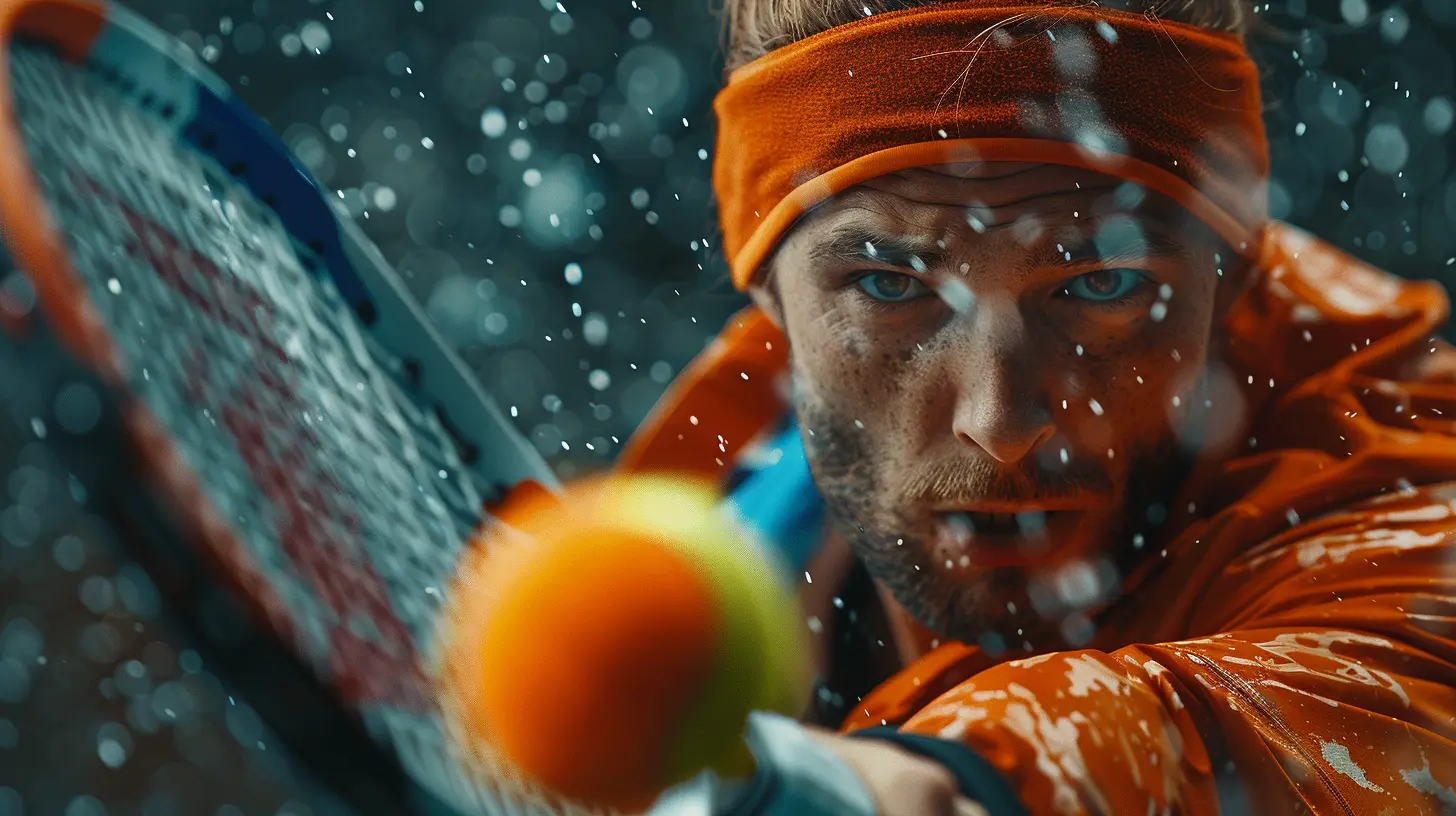
The Science Behind Hand-Eye Coordination
Alright, time to nerd out just a bit.When your eyes see an object—say, a soccer ball flying through the air—your brain processes that visual input and sends commands to your muscles. This system involves several key components:
- Visual Acuity – Clarity of vision. Can you clearly see the ball?
- Depth Perception – Can you judge how far away the ball is?
- Peripheral Vision – Can you see players approaching from the side?
- Reaction Time – How fast can you respond once you see the ball?
- Eye Tracking – Can your eyes follow the object smoothly?
Every single one of these can be improved with proper sports vision training. And when they’re all working in sync? That’s when the magic happens.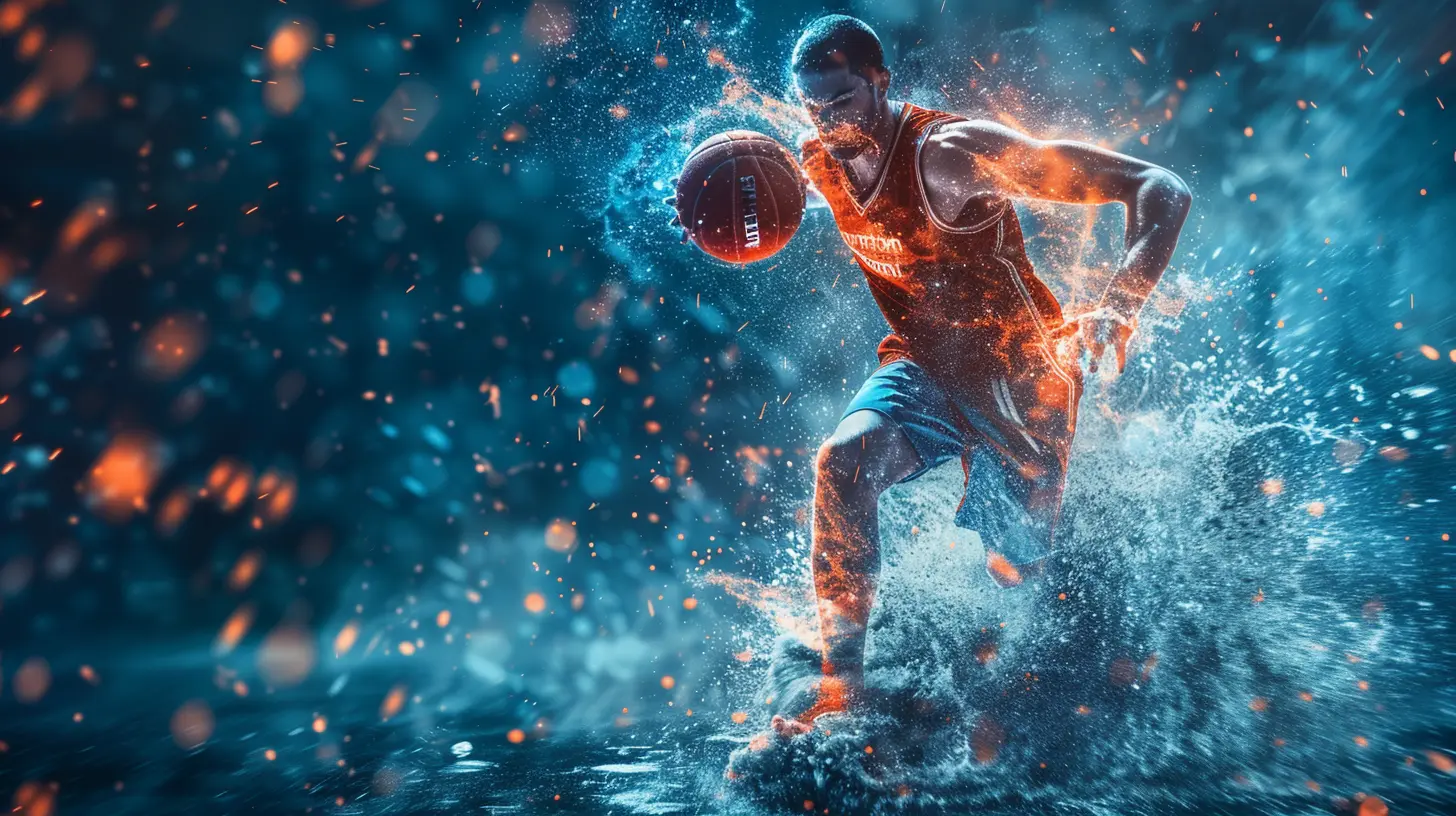
Common Sports That Rely Heavily on Hand-Eye Coordination
Let’s name-drop a few sports where killer hand-eye coordination makes or breaks performance:- Baseball and Softball – Hitting a ball moving 90 mph? You better have elite visual tracking and reaction time.
- Tennis – Reading spins, tracking the ball, and timing your swings.
- Basketball – Passing, shooting, and defending all rely on quick visual cues.
- Boxing and MMA – Dodging punches and striking accurately, often in milliseconds.
- Hockey – Watching the puck fly while skating at high speeds? That’s no joke.
Even sports like archery, table tennis, and motorsports demand razor-sharp hand-eye coordination. So yeah, it’s kind of a big deal.
How Does Sports Vision Training Work?
Let’s dig into the nitty-gritty. Sports vision training programs are tailored to target individual visual skills. Here's how it works:1. Assessment First
Before you train, you gotta know where you're starting from. Most vision training begins with a detailed assessment using high-tech tools like:- Eye-tracking systems
- Reaction timers
- Depth perception tests
- Peripheral awareness tests
The goal? Identify your strengths and weaknesses, just like you would test your vertical jump or sprint speed.
2. Visual Drills and Exercises
Once your assessment is done, it’s time to train. Exercises can include:- Eye Tracking Drills – Following a moving object to improve focus and tracking.
- Reaction Time Games – Think hitting a lighted target as fast as it appears.
- Dynamic Vision Training – Practicing while moving or under pressure.
- Peripheral Awareness Testing – Expanding what you can see without moving your head.
- Depth Judgement Skits – Estimating distances quickly and accurately.
These drills can be done using tools like:
- Strobe glasses
- Digital screens with moving targets
- Light boards (like FitLight)
- Even VR headsets
3. Sport-Specific Integration
The coolest part? These aren’t just random drills. They're often customized for the specific demands of your sport. A goalie might focus more on reaction and peripheral vision, while a point guard might train tracking and spatial awareness.Real-World Benefits of Vision Training for Athletes
Still on the fence about whether this stuff really works? Let’s talk about the actual benefits athletes are seeing:- Faster Decision-Making – You can read the play and react more quickly.
- Improved Accuracy – Your passes, shots, and swings become more precise.
- Better Timing – No more swinging too early or too late.
- Injury Reduction – Spotting danger early can help you avoid collisions.
- Increased Confidence – When your vision’s on point, you feel unstoppable.
Even top-tier teams and athletes—MLB players, NFL quarterbacks, Olympic athletes—use sports vision training to get that competitive edge.
Can You Train This at Home?
Absolutely. You don’t need fancy equipment to start working on your hand-eye coordination. Here are a few DIY drills:1. Juggling
Old school but powerful. Juggling boosts timing, tracking, and hand control.2. Wall Ball
Throw a ball against the wall and catch it with one hand, alternating hands each time.3. Flashcard Drills
Have someone flash numbers or letters at you while you're doing footwork drills. React to the card while staying active.4. Coin Snatch
Hold a coin on your elbow, flip your arm down quickly and try to catch it before it falls.5. Apps and VR Tools
There are plenty of mobile apps and VR platforms that simulate professional sports vision training. Super useful if you’re into tech.How Long Until You See Results?
Like any kind of training, this isn’t magic—it takes consistent practice. Most athletes start to see improvements in coordination and responsiveness within a few weeks. But to really change your game? Give it a solid 3-6 months of consistent training.The key here is repetition. Just like muscle memory, your brain and eyes need regular workouts to stay sharp.
Who Should Try Sports Vision Training?
Short answer? Everyone. But especially:- Young athletes who want a head start
- Older athletes looking to keep their edge
- Weekend warriors trying to level up their game
- Injury-prone players needing better awareness on the field
Vision skills can be trained at any age. Seriously—whether you’re 10 or 50, your eyes and brain can adapt and improve.
Final Thoughts: Don’t Just Train Your Body—Train Your Eyes
We spend hours in the gym, on the track, or in the batting cage. But here’s the deal: If your eyes can’t keep up with your body, you’re leaving performance on the table.Sports vision training might seem like a niche thing, but it’s the kind of secret sauce that separates good from great. It’s all about sharpening the way your brain processes what your eyes see—and turning that into faster, smarter actions on the field.
So, why not give your vision some reps too? Your hands—and your win record—will thank you.
all images in this post were generated using AI tools
Category:
Sports ScienceAuthor:

Frankie Bailey
Discussion
rate this article
1 comments
Ashira Love
Great insights! Sports vision training really does elevate performance and sharpen skills.
September 10, 2025 at 3:26 AM

Frankie Bailey
Thank you! I'm glad you found the insights valuable. Sports vision training truly can make a significant difference in performance!
